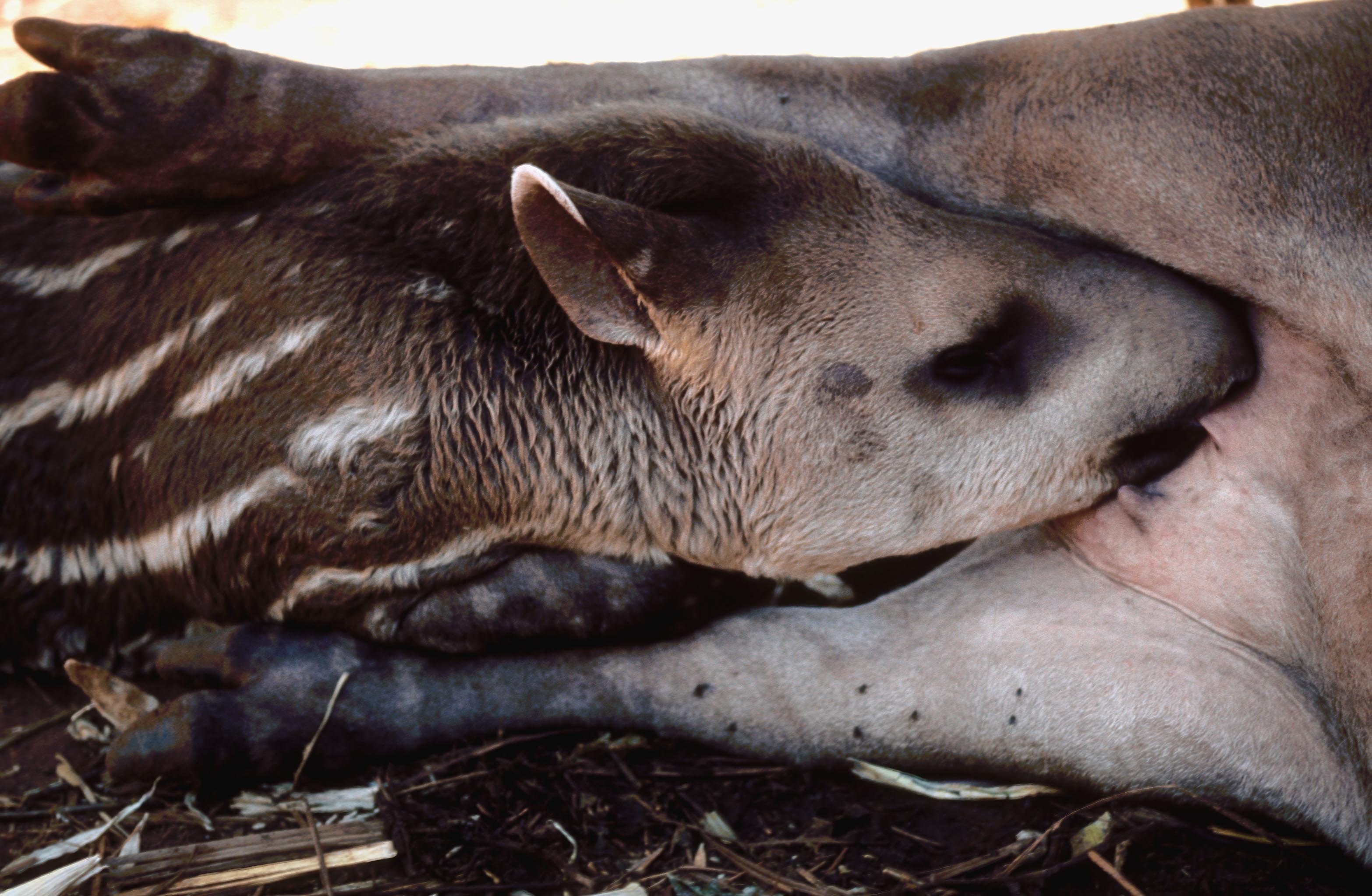Lowland tapirs at increasing risk of extinction, scientists warn
‘Urgent’ conservation measures required to save species, 15-year study finds

Lowland tapirs in the Atlantic Forest in South America are at risk of "almost total disappearance" despite the species currently only being listed as “vulnerable”, new research has warned.
The herbivorous species is notable for its highly mobile nose and stripy young and is adapted to both water - where it is a good diver - and to land - over which it is a speedy runner. Nonetheless, it faces population isolation due to human activity.
It is now found across just 1.8 per cent of its original distributional range in the Atlantic Forest, which stretches along the eastern seaboard of Brazil, Argentina and Paraguay.
The main threats to its survival are hunting and the spread of major road systems which have separated populations from one another.
Scientists from Brazil have warned that "urgent measures" need to be taken to reconnect the remaining populations of the species.
"Of the 48 tapir populations identified during the study, between 31.3 per cent and 68.8 per cent are demographically unviable (due to a low number of individuals), and between 70.8 per cent and 93.8 per cent of the populations are genetically unviable," said Kevin Flesher, a researcher at the Biodiversity Study Centre at the Michelin Ecological Reserve, in Bahia, northeastern Brazil.
He added: "Only 3-14 populations are still viable in the long run when both criteria are considered. The evidence suggests that with the appropriate conservation actions, the lowland tapir could be broadly distributed throughout the Atlantic Forest."
Patrícia Medici, from the Lowland Tapir Conservation Initiative at the Institute for Ecological Research in Brazil, and chair of the Tapir Specialist Group at the International Union for Conservation of Nature, said the tapirs’ long reproductive cycle was also a factor exacerbated by the impact of human activity.
She said: "Tapirs have low reproductive potential, including a long reproductive cycle with the birth of just one young after a gestation period of 13-14 months and intervals of up to three years between births.
"Our populational simulations clearly show how, in the case of small populations, even the loss of a single individual per year can result in rapid extinction of an entire local population."

The research is based on Dr Flesher having spent 15 years visiting 93 reserves in the Atlantic Forest, talking to people and analysing 217 datasets.
The states of São Paulo and Paraná in Brazil have the largest number of remaining populations: 14 and 10, respectively. The two largest populations are in Misiones, Argentina, and in the neighbouring Iguaçu and Turvo reserves, in Paraná and Rio Grande do Sul, Brazil.
"As far as our knowledge goes, there is no evidence of movement of tapirs between these populations," said Dr Medici.
But the researchers said the distances between population fragments is not what is stopping them.
"The central problem is the multiple threats they face while crossing the habitat," said Dr Flesher.
Roads are the key threat. According to Dr Medici "the heavy traffic on highway BR-101, which cuts the Brazilian Atlantic Forest from North to South, is a death trap to wildlife.
"Tapirs often die when attempting to cross it," she said.
Dr Flesher said: "Roadkill is a significant cause of death in six of the eight reservations in which highways cross tapir populations, and the expansion of the roadway grid in the country threatens to cause population fragmentation in at least four populations.
He said this is why finding ways to allow tapirs to cross highways safely is an "urgent conservation priority".
Despite the dire situation, the researchers said they maintained some “cautious optimism” for the future of tapirs, as there are some signs the situation is already starting to improve.
"Despite these continuing challenges for tapir conservation, most populations appear to be stable or increasing and the conservation outlook for the species is better than several decades ago, when the first efforts to protect the species began," said Dr Flesher.
The research is published in the open-access journal Neotropical Biology and Conservation.
Join our commenting forum
Join thought-provoking conversations, follow other Independent readers and see their replies
Comments